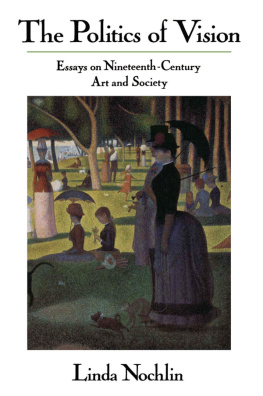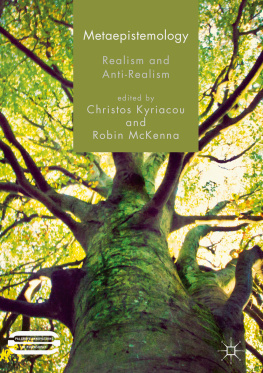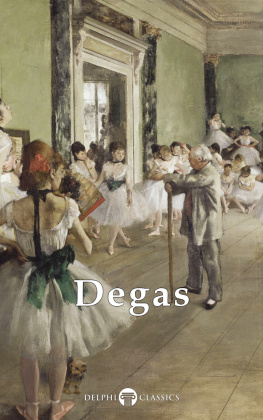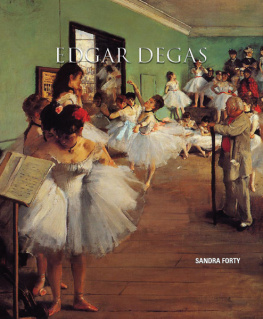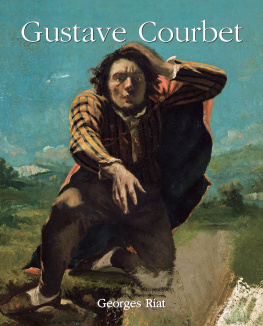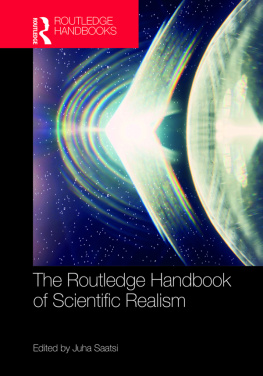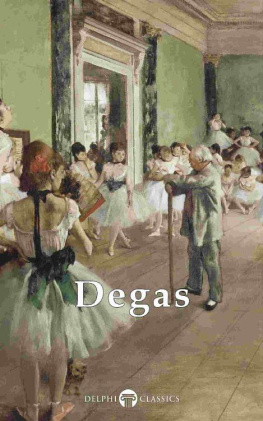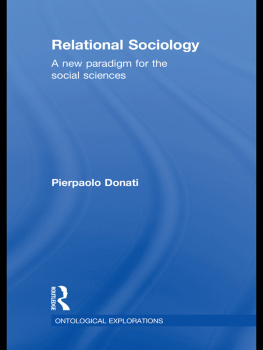Nochlin - Style and Civilization
Here you can read online Nochlin - Style and Civilization full text of the book (entire story) in english for free. Download pdf and epub, get meaning, cover and reviews about this ebook. year: 1971;1990, publisher: Penguin Books Ltd, genre: Detective and thriller. Description of the work, (preface) as well as reviews are available. Best literature library LitArk.com created for fans of good reading and offers a wide selection of genres:
Romance novel
Science fiction
Adventure
Detective
Science
History
Home and family
Prose
Art
Politics
Computer
Non-fiction
Religion
Business
Children
Humor
Choose a favorite category and find really read worthwhile books. Enjoy immersion in the world of imagination, feel the emotions of the characters or learn something new for yourself, make an fascinating discovery.

- Book:Style and Civilization
- Author:
- Publisher:Penguin Books Ltd
- Genre:
- Year:1971;1990
- Rating:4 / 5
- Favourites:Add to favourites
- Your mark:
- 80
- 1
- 2
- 3
- 4
- 5
Style and Civilization: summary, description and annotation
We offer to read an annotation, description, summary or preface (depends on what the author of the book "Style and Civilization" wrote himself). If you haven't found the necessary information about the book — write in the comments, we will try to find it.
Setting Realism in its social and historical context, the author discusses the crucial paradox posed by Realist works of art - notably in the revolutionary paintings of Courbet, the works of Manet, Degas and Monet, of the Pre-Raphaelites and other English, American, German and Italian Realists.
Nochlin: author's other books
Who wrote Style and Civilization? Find out the surname, the name of the author of the book and a list of all author's works by series.
Style and Civilization — read online for free the complete book (whole text) full work
Below is the text of the book, divided by pages. System saving the place of the last page read, allows you to conveniently read the book "Style and Civilization" online for free, without having to search again every time where you left off. Put a bookmark, and you can go to the page where you finished reading at any time.
Font size:
Interval:
Bookmark:
Penguin Books
Style and Civilization/Edited by John Fleming and Hugh Honour
Realism by Linda Nochlin
Linda Nochlin was born in 1931 and educated at Vassar College and Columbia University. She then took a Ph.D. at the Institute of Fine Arts, New York University. She has written many articles on nineteenth-century painting and, among other things, has co-curated a major exhibition on the art of Gustave Courbet.
She taught for many years at Vassar College and has been Visiting Professor at Hunter College, Columbia University, Stanford University, Williams College and at Yale. She is at present Distinguished Professor of Art History at the Graduate Center of the City University of New York. Her special field is women and art, and her article entitled Why Have There Been No Great Women Artists?, originally published in 1971, also appeared in a collection of her essays entitled Women, Art and Power (1988). Another collection of essays on nineteenth-century art and politics, The Politics of Vision , was published in 1989.
Professor Nochlin is married and has two children and two grandchildren.
style and Civilization
Penguin Books
PENGUIN BOOKS
Published by the Penguin Group
Penguin Books Ltd, 80 Strand, London WC2R 0RL . England
Penguin Putnam Inc. 375 Hudson Street, New York, New York 10014. USA
Penguin Hooks Australia Ltd. 250 Camberwell Road, Camberwell, Victoria 3124, Australia
Penguin Books Canada Ltd, 10 Alcorn Avenue. Toronto, Ontario Canada M4V 3B2
Penguin Books India (P) Ltd, II Community Centre, Panchsheel Park. New Delhi 110017, India
Penguin Books (NZ) Ltd, Cm Rosedale and Airborne Roads, Albany, Auckland, New Zealand
Penguin Books (South Africa) (Pty) Ltd. 24 Sturdee Avenue, Rosebank 2196, South Africa
Penguin Books Ltd. Registered Offices 80 Strand, London WC2R 0RL , Englandwww.penguin.com
First published in Pelican Books 1971
Reprinted in Penguin Books 1990
12
Copyright Linda Nochlin, 1971
All rights reserved
Designed by Gerald Cormon
Except in the United States of America, this book is sold subject to the condition that it shall not, by way of trade or otherwise, be lent, re-sold, hired out, or otherwise circulated without the publishers prior consent in any form of binding or cover other than that in which it is published and without a similar condition including this condition being imposed on the subsequent purchaser
978-0-14-193702-1
The series to which this book belongs is devoted to both the history and the problems of style in European art. It is expository rather than critical. The aim is to discuss each important style in relation to contemporary shifts in emphasis and direction both in the other, non-visual arts and in thought and civilization as a whole. By examining artistic styles in this wider context it is hoped that closer definitions and a deeper understanding of their fundamental character and motivation will be reached.
The series is intended for the general reader but it is written at a level which should interest the specialist as well. Beyond this there has been no attempt at uniformity. Each author has had complete liberty in his mode of treatment and has been free to be as selective as he wished for selection and compression are inevitable in a series such as this, whose scope extends beyond the history of art. Not all great artists or great works of art can be mentioned, far less discussed. Nor, more specifically, is it intended to provide anything in the nature of a historical survey, period by period, but rather a discussion of the artistic concepts dominant in each successive period. And, for this purpose, the detailed analysis of a few carefully chosen issues is more revealing than the birds-eye view.
I should like to thank my friends and colleagues in the field of nineteenth-century studies for their generous gifts of information and ideas. Among those with whom I have discussed problems or from whom I have received information are: Professors Albert Elsen, Ann Coffin Hanson, Robert L. Herbert, Fred Licht, Theodore Reff, Robert Rosenblum and Allen Staley. I should like to extend special thanks to Robert Rosenblum for opening my eyes to some of the hidden splendours of Victorian painting in the course of visits to several exhibitions undertaken in his company. Many of the ideas, and the basic insights, developed in the course of these pages go back to my days as a graduate student at the New York University Institute of Fine Arts, where I was privileged to study under the late Walter Friedlaender and to write a doctoral dissertation on Courbet and Realism under the direction of Professors H. W. Janson and Robert Goldwater. In addition, I am indebted to the various people who helped me to obtain photographs or information about the current whereabouts of works of art, particularly the staff of the Witt library in London, and M. Pierre Rosenberg in Paris. My gratitude to my loyal and industrious assistants, Sherry Chayat Nordstrom and Alison Hilton, knows no bounds. Edith Tonelli helped with the task of proof-reading. Special thanks must go to my husband, Richard Pommer, who provided moral support and sound advice at every stage of the way, especially on architectural matters. My mother, Mrs Elka Heller, and my mother-in-law, Mrs Reba Pommer, my daughter Jessica and my housekeeper, Mrs Eleanor Lezon, offered invaluable domestic assistance. I can only add that my warmest thanks must be reserved for my two editors, John Fleming and Hugh Honour, who were models of patience, attentiveness and encouragement at all times during the preparation of this manuscript.
L.N.
Poughkeepsie, N.Y.
November 1970
The Nature of Realism
Realism, as an historical movement in the figurative arts and in literature, attained its most coherent and consistent formulation in France, with echoes, parallels and variants elsewhere on the Continent, in England and in the United States. Preceded by Romanticism and followed by what is now generally termed Symbolism, it was the dominant movement from about 1840 until 1870-80. Its aim was to give a truthful, objective and impartial representation of the real world, based on meticulous observation of contemporary life. This definition will determine the direction of the present study, but it inevitably raises a number of questions. For whereas such terms as Mannerism, Baroque or Neo-classicism whatever difficulties they may present are generally used to define stylistic categories, proper to the visual arts, the word Realism is also closely connected with central philosophical issues. In order to isolate the peculiar implications of Realism, considered as an historical, stylistic movement or direction in the arts, we must first consider some of the problems arising out of the different and sometimes diametrically opposed senses in which the term can be used.
A basic cause of the confusion bedevilling the notion of Realism is its ambiguous relationship to the highly problematical concept of reality. A recent exhibition at the Museum of Modern Art in New York and at the Tate Gallery in London, for example, was entitled The Art of the Real and consisted not as the uninitiated might have expected of recognizable views of people, things or places, but of large striped or stained canvases and mammoth constructions of plywood, plastic or metal. The title chosen by the organizer was neither wilfully mystifying nor capricious. It was a contemporary manifestation of a long philosophical tradition, part of the main-stream of Western thought since the time of Plato, which opposes true reality to mere appearance. All things have two faces, declared the sixteenth-century theologian, Sebastian Franck, because God decided to oppose himself to the world, to leave appearances to the
Font size:
Interval:
Bookmark:
Similar books «Style and Civilization»
Look at similar books to Style and Civilization. We have selected literature similar in name and meaning in the hope of providing readers with more options to find new, interesting, not yet read works.
Discussion, reviews of the book Style and Civilization and just readers' own opinions. Leave your comments, write what you think about the work, its meaning or the main characters. Specify what exactly you liked and what you didn't like, and why you think so.

